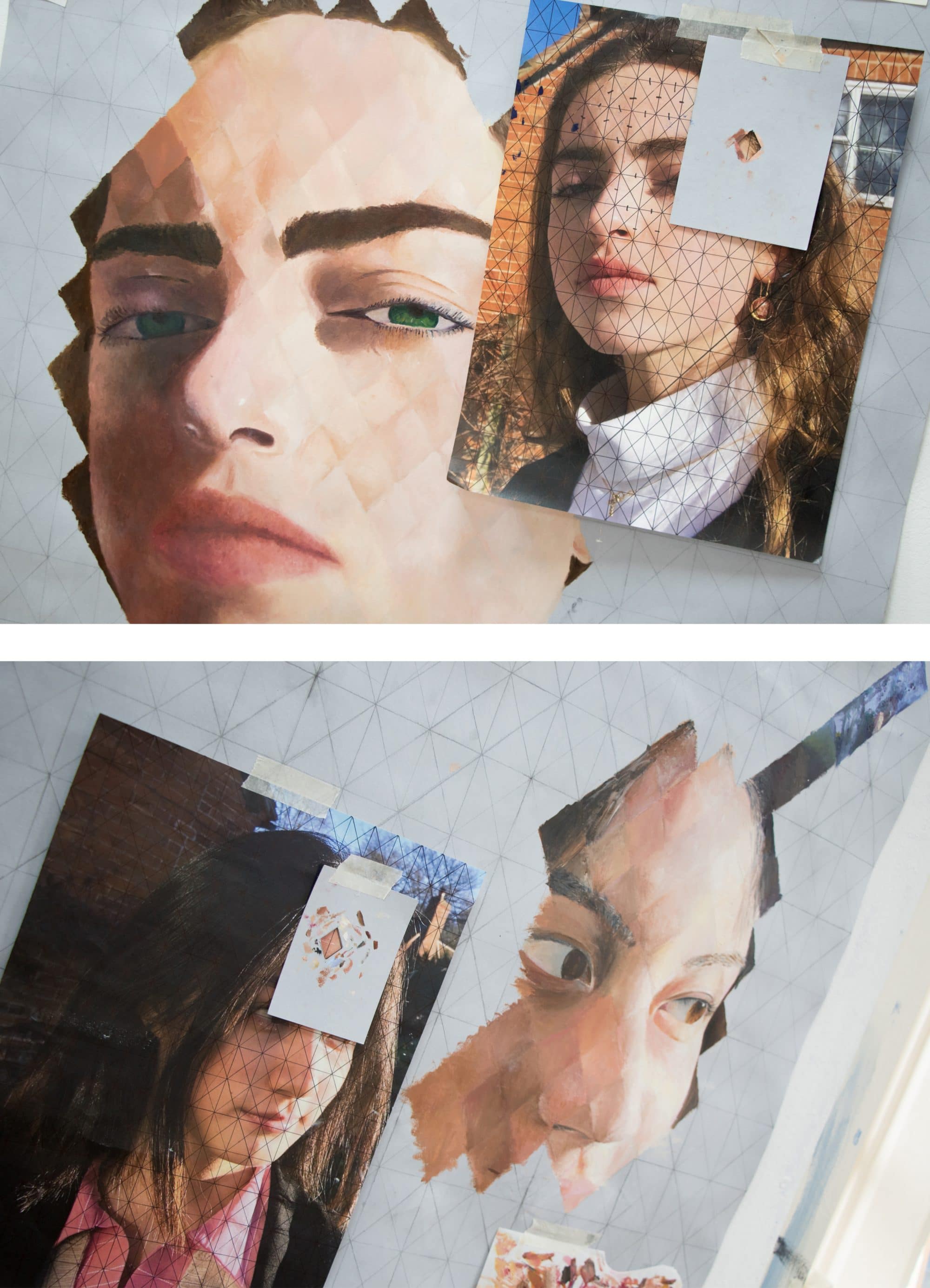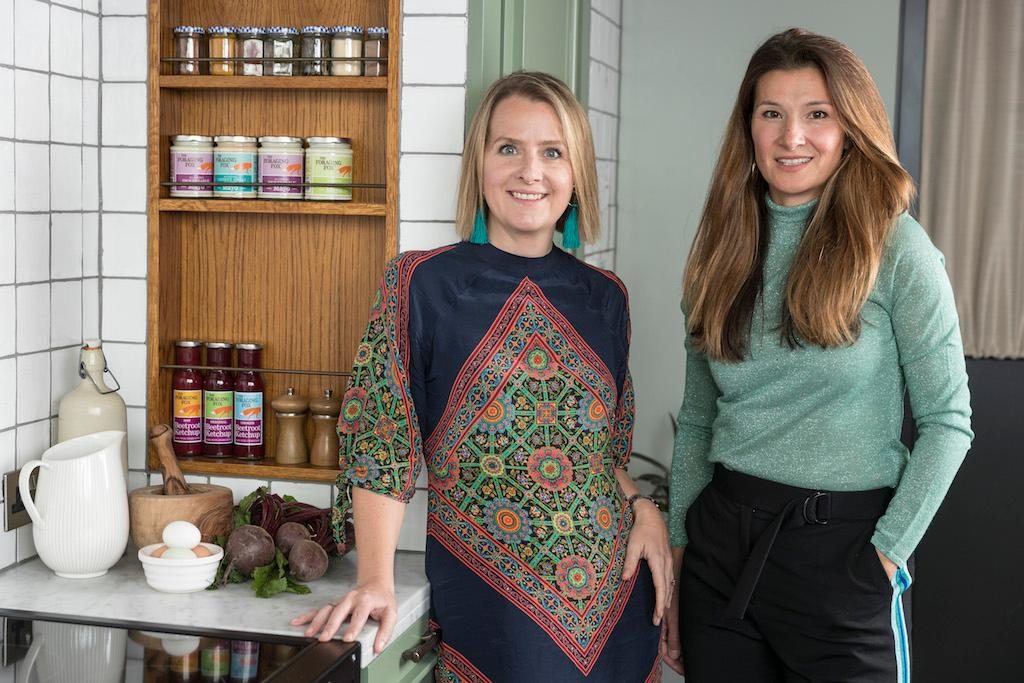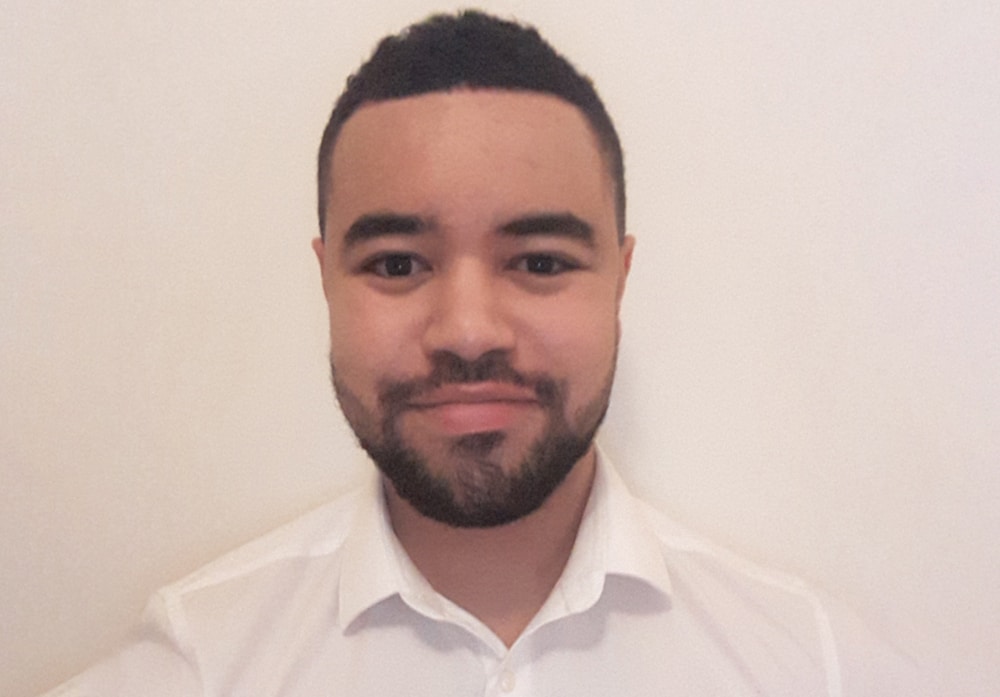Honor (J)
I began by gridding up an A4 image of myself before recreating a larger grid on a plain piece of A0 cartridge paper. Using this technique, we painted each diamond individually according to the corresponding colours and tones in the A4 image. It enabled me to focus on overall tones, not being distracted by outlines or positioning of the features. By painting on such a large scale, I have been able to concentrate on all the changes in colour and light and direction of my brushstrokes.
Zadie (M)
For the oil paint portrait, the 16×16-gridding method really helped with the proportioning without even drawing an outline. By using the technique and focussing on one diamond of the grid at the time, you realise the expanse of colours in every detail of the picture so I was able to improve my skill of mixing colours. The project gave me a greater appreciation of the grid method as it was almost impossible to make something out of proportion.
Ella (M)
Using a grid for my self-portrait helped make the painting hyper-realistic; using oil I was able to match the exact colour and create added texture. I painted it over two weeks as it meant that I could see what needed to be changed over time. These skills will help me in my future projects as I now have a deeper understanding of mixing colour and tone.
Lydia (K)
Through using the grid method I was able to isolate each diamond section separately and paint the colours of that section as they appeared in the original photo. By viewing my image as simply a collection of diamonds rather than a whole face, it forced me to focus on mixing the precise tone section by section, thereby creating more detail. This provided the forensic focus revealing the wide variation of colour on a granular basis that appears within a single image.
Yoyo (K)
Painting a self-portrait in this way helped me to practise scaling up a picture, in this case from A3 to A0 and the diamond grid provided me with an accurate scale and a sense of fragments. I used oil paint in order to create the rich texture and the variety of colours. Learning the technique has been a useful exercise and given me a skill that I will definitely use in my future art projects when I need to scale something up or down.






